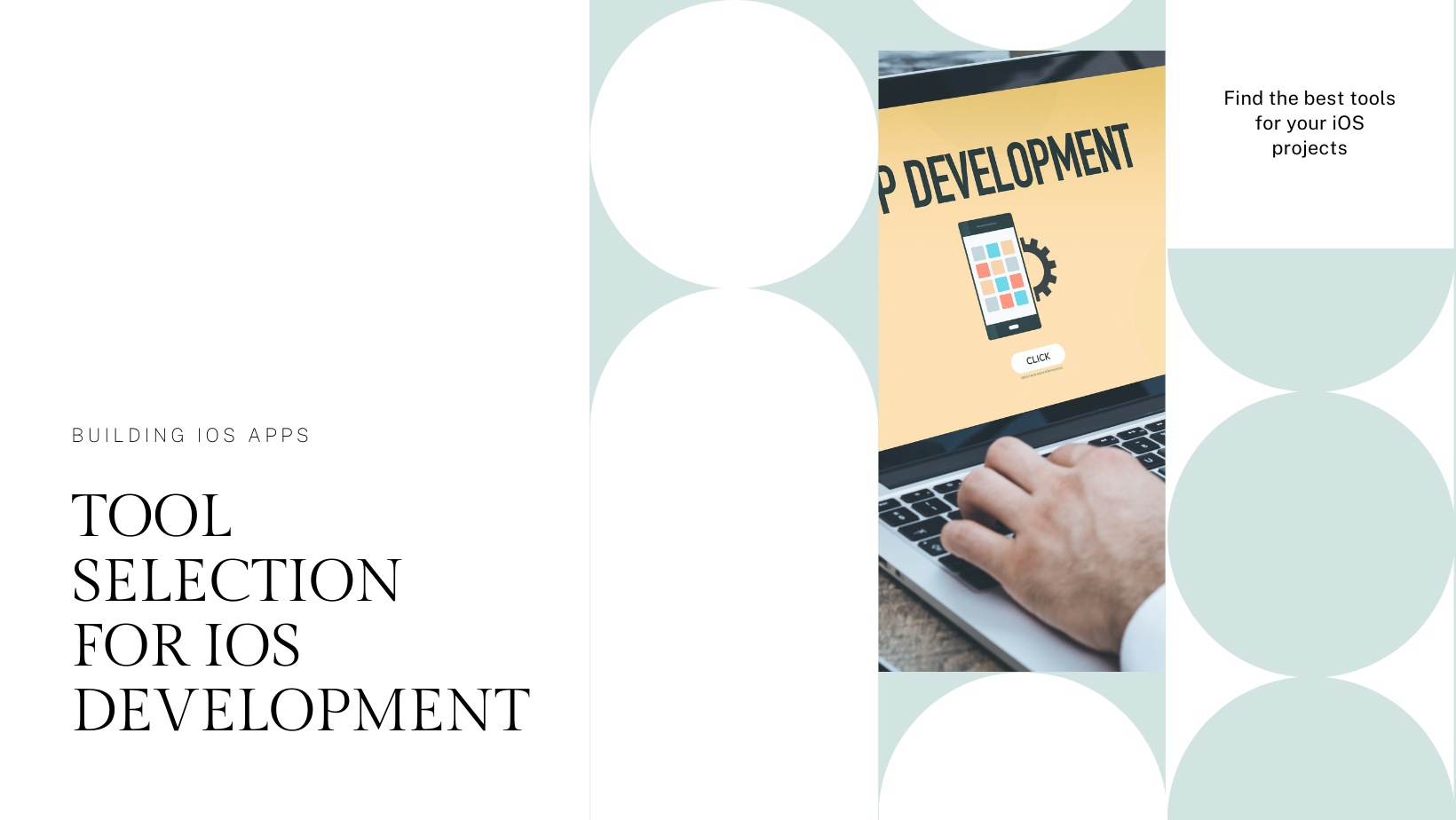In the realm of user experience (UX) design, every interaction a user has with a digital product contributes to their overall perception and satisfaction. While major functionalities and visual aesthetics play significant roles, it’s often the small details that make a big difference—enter microinteractions. These subtle, yet meaningful, design elements not only enhance usability but also foster a delightful user experience. Let’s delve into how microinteractions influence UX and why they are crucial for digital product success.
Understanding Microinteractions
Microinteractions are contained moments within a user interface that serve specific purposes. They are typically subtle animations, sounds, or visual responses triggered by user actions such as clicking a button, hovering over an element, or completing a form field. Despite their small scale, microinteractions add layers of feedback, functionality, and engagement that significantly impact how users perceive and interact with a product.
Enhancing User Feedback and Guidance
One of the primary functions of microinteractions is to provide immediate feedback to users. For example, when a user clicks a button, a subtle animation like a color change or a brief loading spinner indicates that their action has been registered. This feedback reassures users, reducing uncertainty and providing a sense of control over their interactions. Effective microinteractions also guide users through complex processes, such as form validations that highlight errors in real-time, helping users correct mistakes effortlessly.
Improving Usability and Functionality
Microinteractions contribute to the overall usability of a digital product by simplifying interactions and enhancing functionality. For instance, swipe gestures in mobile apps to dismiss notifications or reveal hidden menus streamline navigation, making it intuitive and efficient. Such interactions minimize cognitive load by eliminating the need for users to learn complex gestures or functionalities, thus improving the overall user experience.
Creating Emotional Connections
Beyond functionality, microinteractions evoke emotional responses that resonate with users. Thoughtfully designed animations or sounds can inject personality into a product, creating a memorable and enjoyable experience. For example, the playful bounce of icons when dragged on a desktop or the satisfying sound of a sent message in a chat app can evoke feelings of satisfaction and delight. These emotional connections foster user loyalty and engagement, influencing their decision to return to the product.
Encouraging User Engagement and Exploration
Microinteractions also encourage user engagement by prompting exploration of features and functionalities. Interactive elements like tooltips that appear when hovering over icons or subtle animations that invite users to interact further can spark curiosity and encourage users to discover more about the product. By facilitating exploration in a non-intrusive manner, microinteractions promote deeper engagement and prolonged usage of the digital platform.
Designing for Accessibility and Inclusivity
Inclusive design principles can be integrated into microinteractions to enhance accessibility for all users. Visual cues like contrast changes or motion indicators in microinteractions can benefit users with disabilities, such as visual impairments or motor skill limitations. Ensuring that microinteractions are accessible reinforces a product’s commitment to inclusivity, allowing all users to interact with confidence and ease.
Measuring and Optimizing Microinteractions
To maximize the impact of microinteractions on UX, it’s crucial to measure their effectiveness through user testing and analytics. Quantitative data such as interaction rates or task completion times can provide insights into how users perceive and engage with microinteractions. Qualitative feedback from usability testing sessions can uncover user preferences and identify opportunities for refinement. Iterative optimization based on data-driven insights ensures that microinteractions continuously evolve to meet user expectations and enhance overall UX.
Integrating Microinteractions Strategically
Integrating microinteractions into UX design requires a strategic approach that aligns with the product’s goals and user needs. Start by identifying key interactions where microinteractions can add value, such as onboarding processes, feedback mechanisms, or transitions between screens. Collaborate closely with UX designers, developers, and stakeholders to conceptualize and implement microinteractions that complement the overall design language and user interface guidelines.
Conclusion
In conclusion, microinteractions play a pivotal role in shaping user experiences by enhancing usability, providing feedback, and fostering emotional connections with digital products. From guiding users through interactions to creating delightful moments of engagement, well-executed microinteractions contribute to user satisfaction, loyalty, and overall product success. By prioritizing thoughtful design and integrating data-driven insights, organizations can leverage microinteractions to differentiate their products in a competitive market and deliver exceptional user experiences that resonate with audiences.






